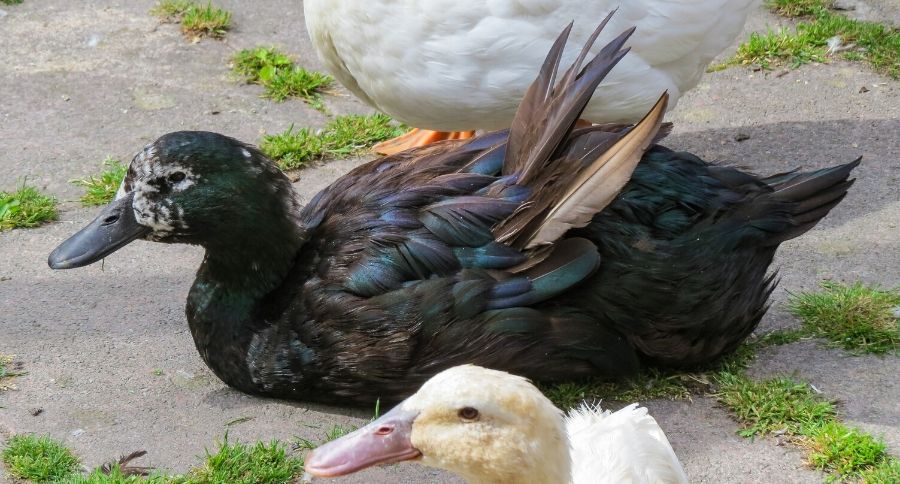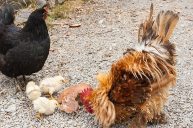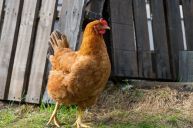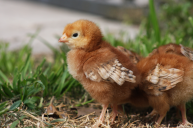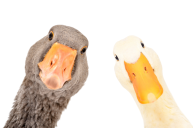Backyard ducks are the best! I hear ducks make a big mess, so I've decided to stick to chickens, but I have many friends that enjoy their ducks just as much as their hens.
The Cayuga Duck is listed as "threatened" on the American Livestock Breeds Conservancy's Conservation Priority List. They're such an excellent choice for backyard flocks and we listed a few other reasons to consider this relatively quiet duck. There is a reason to prioritize this duck over others for your backyard flock.
The Book of Poultry suggests that the Cayuga resembles and may have originated from an English black duck breed commonly found in England in the 1860s but eventually disappeared by the 1880s. John S. Clark introduced the ducks to Cayuga County in the Finger Lakes region of New York around 1840.
Cayuga duck characteristics
https://www.instagram.com/p/B5mKW4XA3M9/
Cayugas have a quiet, docile temperament. With quality care, they live 8-12 years. The Black Cayuga is a domestic duck raised for egg and meat production, but people also keep them as pets.
These are beautiful, iridescent, green feathered ducks. These ducks weigh an average of 8 pounds for mature males and 7 pounds for females.
Backyard Poultry shares some of the wonderful characteristics of this duck:
- Cayugas appear black until the light hits them, then they show their beautiful green color.
- Their bills, shanks and feet are usually black.
- As Cayugas age, they start to get white feathers, which can eventually take the place of most of their colored feathers, and their shanks and feet may take on an orange hue.
Housing and overall behavior
https://www.instagram.com/p/B4BArKGgQkc/
They're known to have a quiet quack!
Cayugas must be brought inside a building at night. A predator can kill and eat a duck through 1-inch chicken wire, so the bottom 30 inches of a fence must be at least 1/2-inch wire to protect them.
"Cayugas also need protection from hot sun; shade must be provided when temperatures reach 70 degrees Fahrenheit. They love to swim, so a wading pool is nice as long as the water is kept clean and the surrounding areas are not allowed to get muddy. Ducks can, however, live well when provided with nothing but fresh drinking water; it must be deep enough to cover their bills so they can use it to clear their nostrils. Water needs to be replaced at least twice a week."
Like I said, ducks can make a mess!
Diet and feeding
Cayugas can forage for their own food when given enough space for free-ranging. Where space is limited a commercial duck feed is needed. Ducks need small gravel or coarse sand to help them digest their food which is similar to our chickens.
Their egg color is beautiful. Cayuga duck eggs are a deep brown, nearly black color. The black eggs have excellent taste.
The Cayuga duck breed will make a great addition to your backyard flock! The iridescent beetle green sheen of their feathers is so stunning. Wouldn't it be fun to see those greenish-black birds swimming in your pond or wading pool?
We know the eggs taste just as good as chicken eggs! Consider some ducklings this year and then let us know how they do!
Do you have both chickens and ducks in your flock? Please let us know in the comments!
